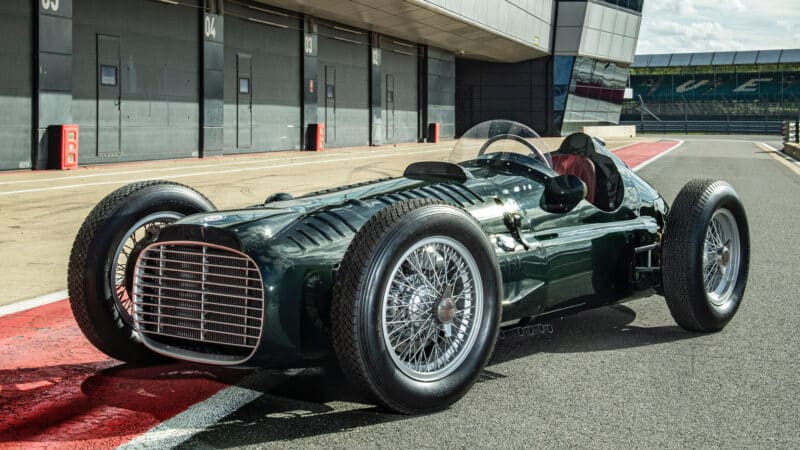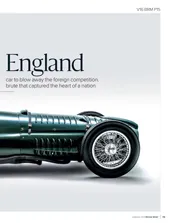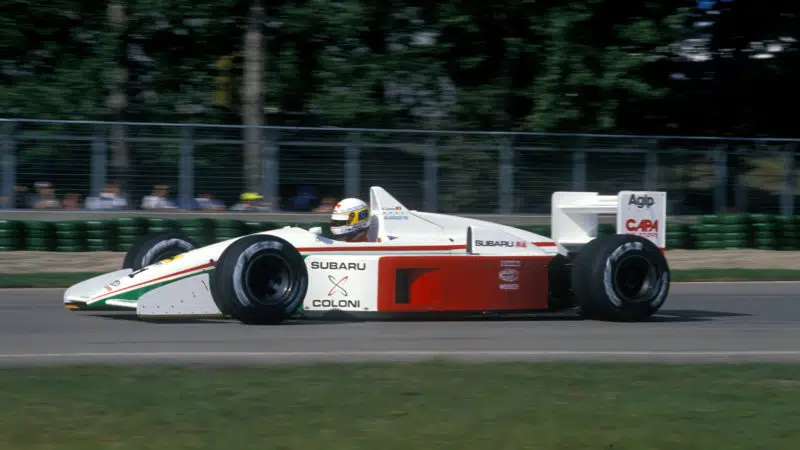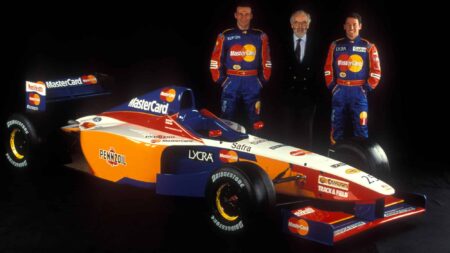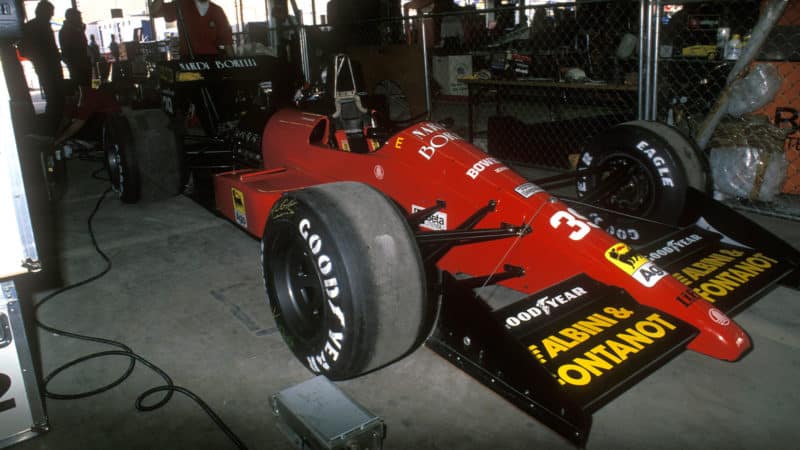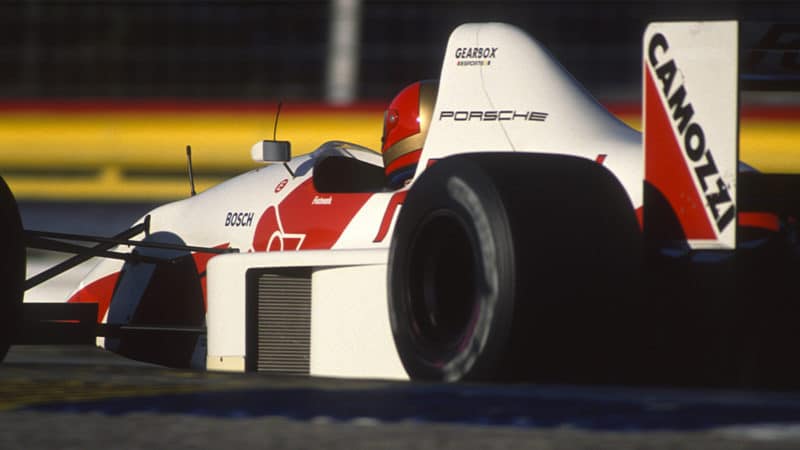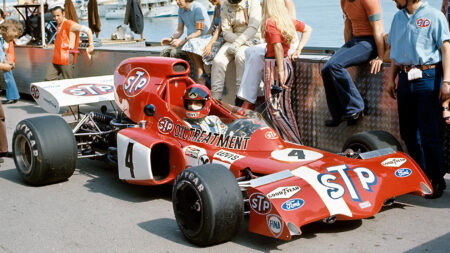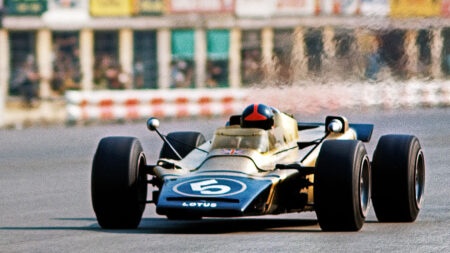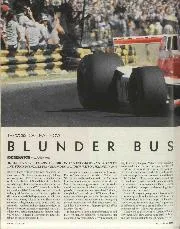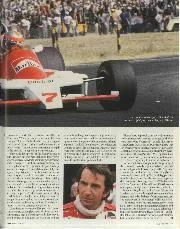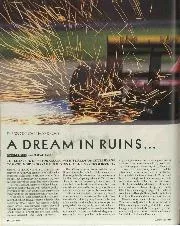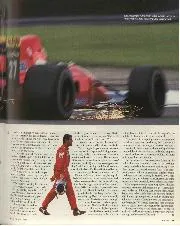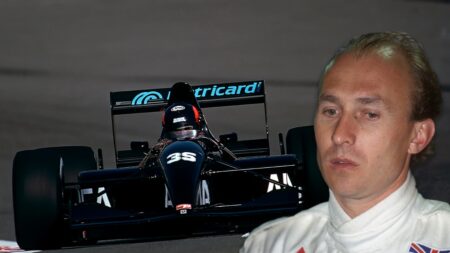The project was protracted and, as Doug Nye wrote in his 2021 V16 feature, ended up being an extremely well-publicised failure. The figures grabbed headlines, but the thing was largely recalcitrant from behind the wheel.
“The V16 could hit an unprecedented 10,000-11,000rpm, belting out more horsepower per litre than any other racing engine until late ’70s turbocharged F1,” wrote Nye.
“Long after the 1.5-litre supercharged Formula 1 to which it had been built evaporated, early 1952, the BRM V16’s output peaked at over 585bhp – 390bhp per litre.
“At the time of its design, its best rivals – like the Italian Alfetta – hit 300bhp per litre.”
Intended to be debuted at the 1950 British GP, it only managed a demonstration in front of the Royal Family there, and then croaked to a halt on the starting grid of the 1950 ‘Daily Express’ BRDC Silverstone race a few weeks later, having sheared its transmission.
The BRM would subsequently win minor races at Goodwood and elsewhere, but never reached its full potential, despite being driven by Juan Manuel Fangio and Stirling Moss.
“The V16 was a thoroughly nasty car,” said Moss. “The brakes were OK, the acceleration was incredible until you broke traction but everything else I hated, particularly the steering and the driving position. Handling? I don’t remember it having any…”
Brabham-BMW BT55
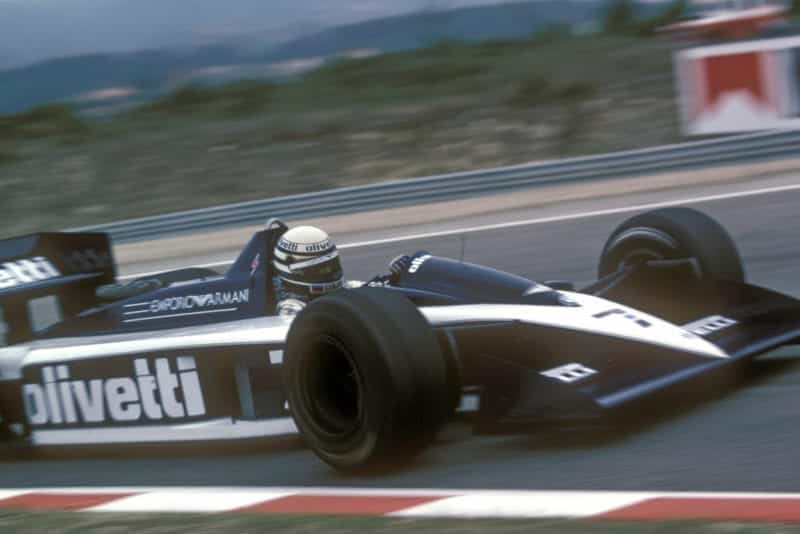
Low-lying BMW engine didn’t work in Brabham BT55
Grand Prix Photo
What’s notable about the BMW M12 inline four is the angle that it came at.

